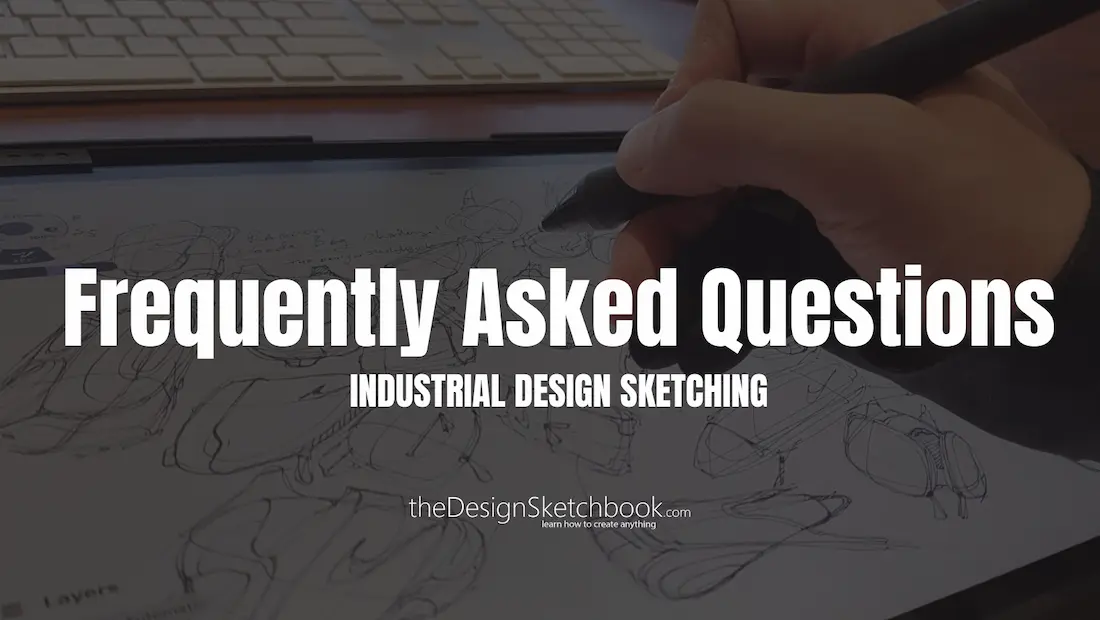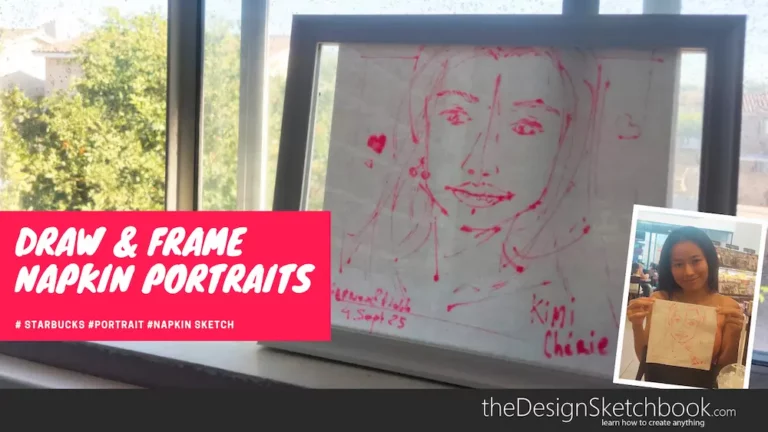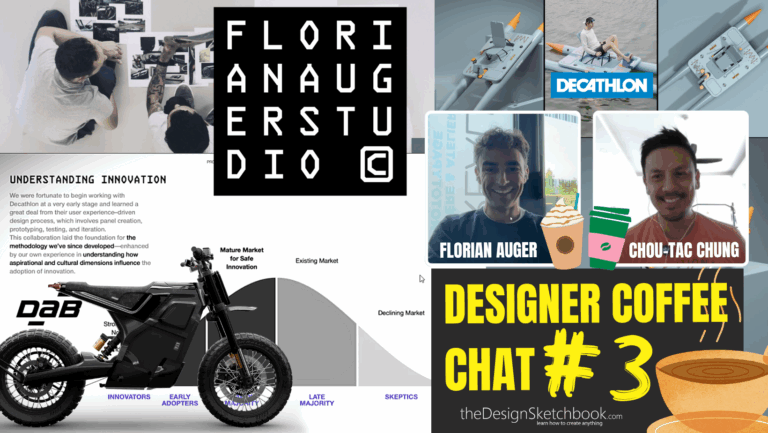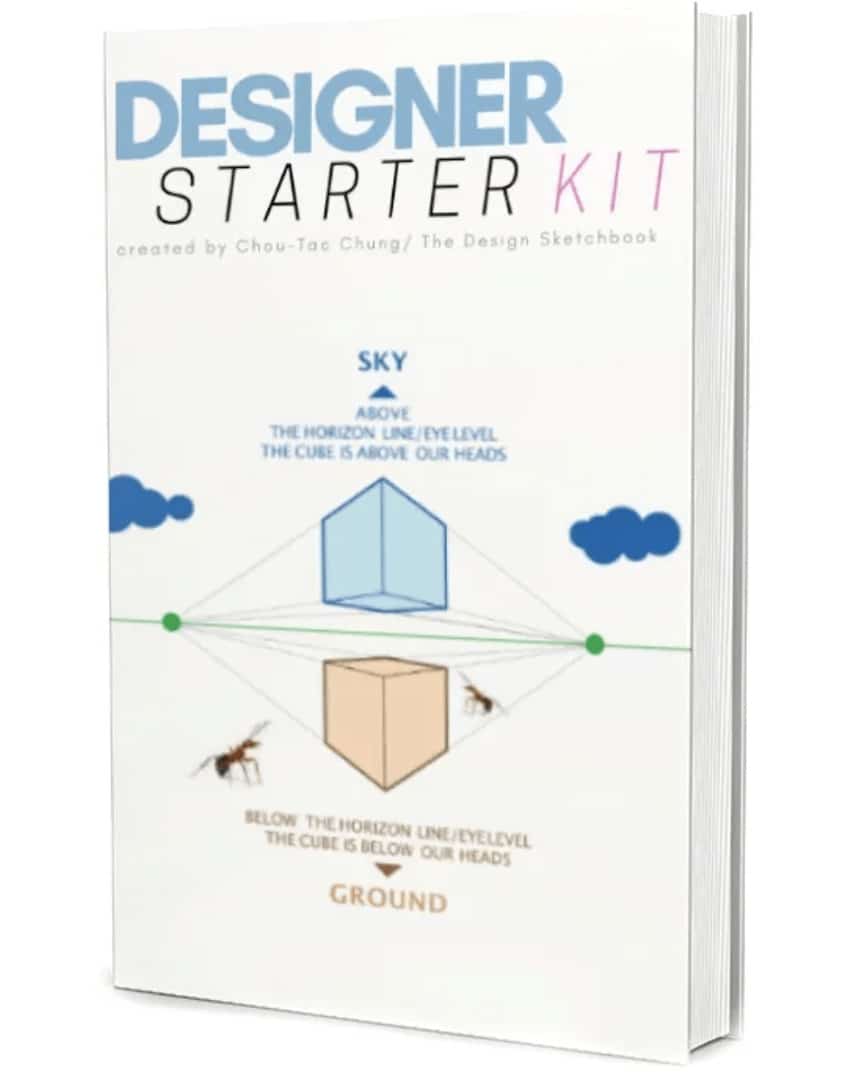Industrial Design Sketching FAQ

- Industrial Design Sketching FAQ
- What is industrial design sketching?
- Why is sketching important in industrial design?
- What materials are typically used for industrial design sketching?
- How can I improve my industrial design sketching skills?
- What are some key techniques used in industrial design sketching?
- How does digital sketching compare to traditional methods in industrial design?
- What role does sketching play in the overall industrial design process?
- How can I develop my own sketching style as an industrial designer?
- What are some common mistakes to avoid in industrial design sketching?
- How can I effectively use sketching to present ideas to clients or team members?
What is industrial design sketching?
Industrial design sketching (also called ID Sketching or Product Design Sketching) is a fundamental skill for product designers, allowing them to quickly visualize and communicate ideas for new products or improvements to existing ones. It involves creating freehand drawings that represent three-dimensional objects on a two-dimensional surface, often using perspective techniques.
Why is sketching important in industrial design?
Sketching is crucial in industrial design because it:
- Facilitates rapid ideation and concept exploration
- Helps communicate ideas effectively to clients and team members
- Allows designers to quickly iterate and refine concepts
- Serves as a foundation for more detailed design development
What materials are typically used for industrial design sketching?
Common materials for industrial design sketching include:
- Pen and paper (for quick ideation)
- Markers and marker paper
- Digital tablets and styluses
- Sketchbooks
- Colored pencils
For those interested in buying the whole necessary materials for design school,
check out my Buying guide: “The Designer Material List”
How can I improve my industrial design sketching skills?
To improve your sketching skills:
- Learn your fundamentals step-by-step
- Practice regularly, even if just for a few minutes each day (you can practice with thumbnails)
- Study and analyze existing product designs
- Learn perspective drawing techniques
- Experiment with different tools and mediums
- Improve your quality of lines
- Seek feedback from other designers or mentors
What are some key techniques used in industrial design sketching?
Important techniques in industrial design sketching include:
- Perspective drawing (1-point, 2-point, and 3-point perspectives)
- Line weight variation for depth and emphasis
- Shading and rendering to convey form and materials
- Gesture drawing for capturing the essence of a design quickly
How does digital sketching compare to traditional methods in industrial design?
Digital sketching offers several advantages:
- Easy editing and iteration
- A wide range of tools, effects and infinity of colors!
- The ability to quickly share and collaborate on designs faster
However, traditional sketching remains valuable for its tactile nature and the ability to quickly capture ideas without technological barriers.
What role does sketching play in the overall industrial design process?
Sketching is integral to the industrial design process, serving as:
- A tool for initial ideation and brainstorming
- A method for exploring multiple design variations quickly
- A means of communicating ideas to clients and team members
- A foundation for more detailed design development and 3D modeling
How can I develop my own sketching style as an industrial designer?
To develop your unique sketching style:
- Experiment with different techniques and tools
- Study the work of designers you admire
- Practice regularly and refine your approach
- Incorporate elements that reflect your personal design philosophy
- Be open to feedback and continually evolve your style
What are some common mistakes to avoid in industrial design sketching?
Common pitfalls to watch out for include:
- Overcomplicating designs in the early stages
- Neglecting proper perspective techniques
- Focusing too much on details before establishing the overall form
- Not considering the practicality and manufacturability of designs
- Failing to iterate and explore multiple concepts
How can I effectively use sketching to present ideas to clients or team members?
To effectively present ideas through sketching:
- Create clear, well-organized sketches
- Use annotations to explain key features or concepts
- Prepare multiple views or variations of the design
- Consider creating quick storyboards to illustrate user interactions
- Be prepared to sketch live during presentations to address questions or explore ideas in real-time









